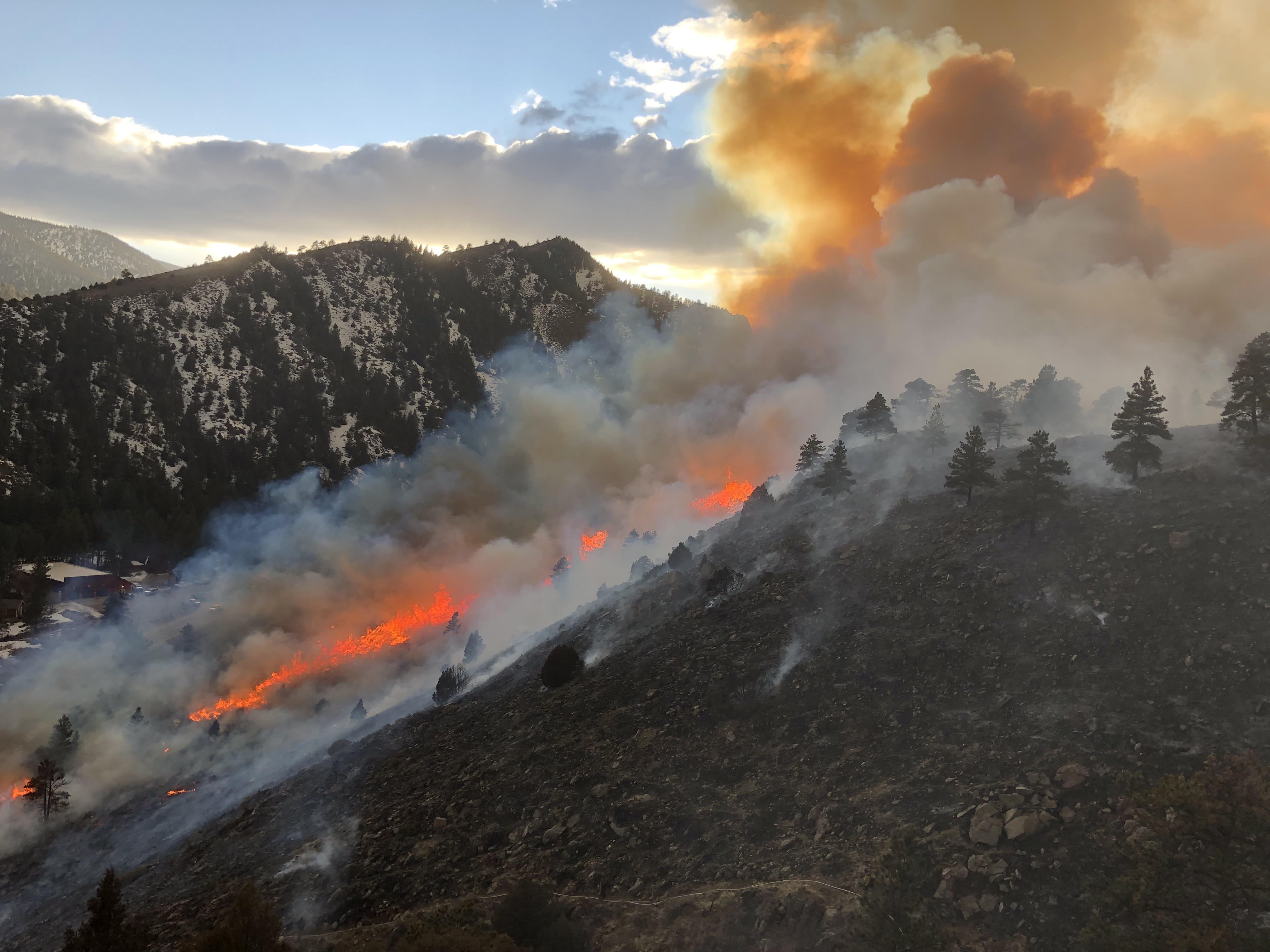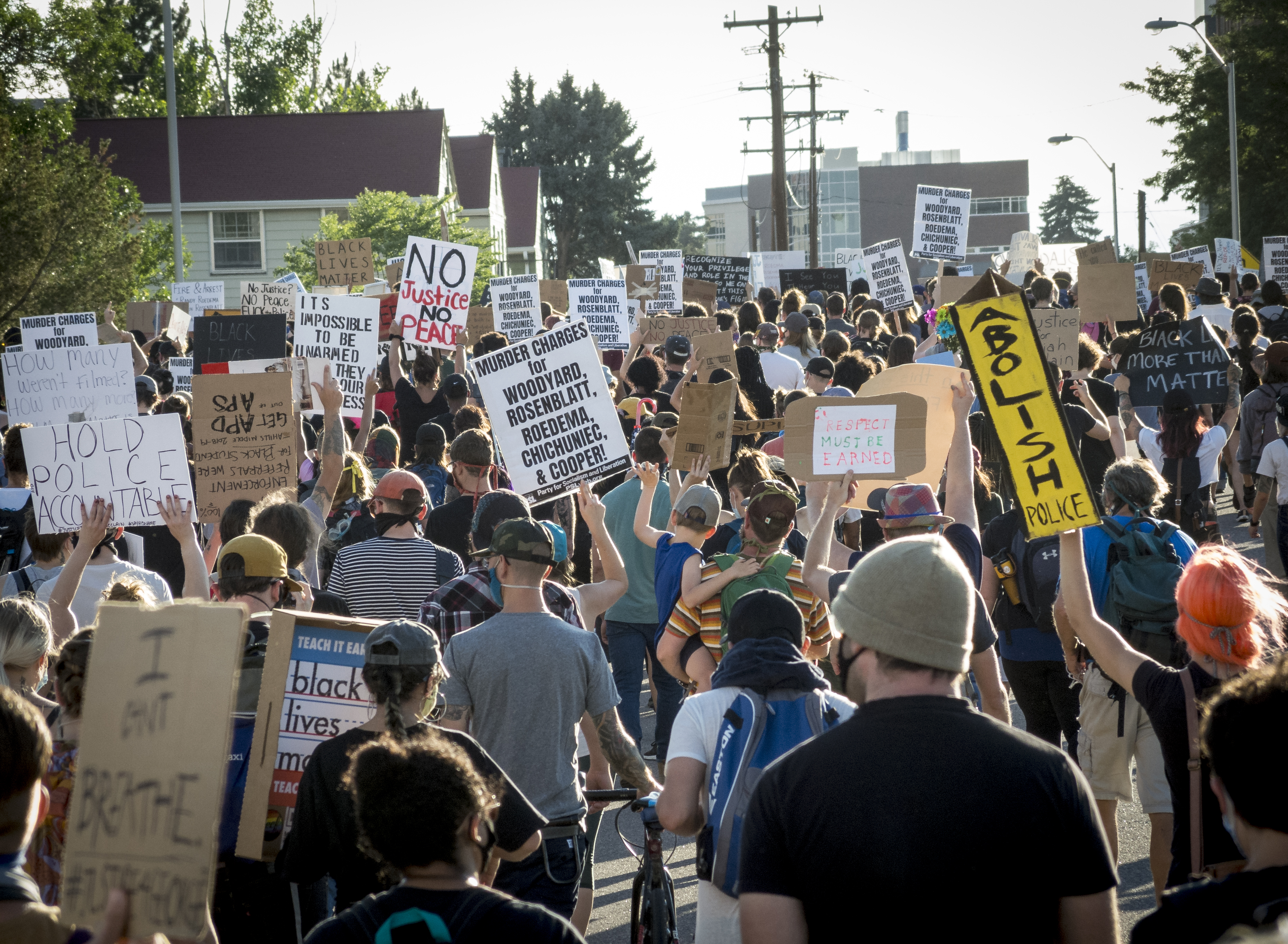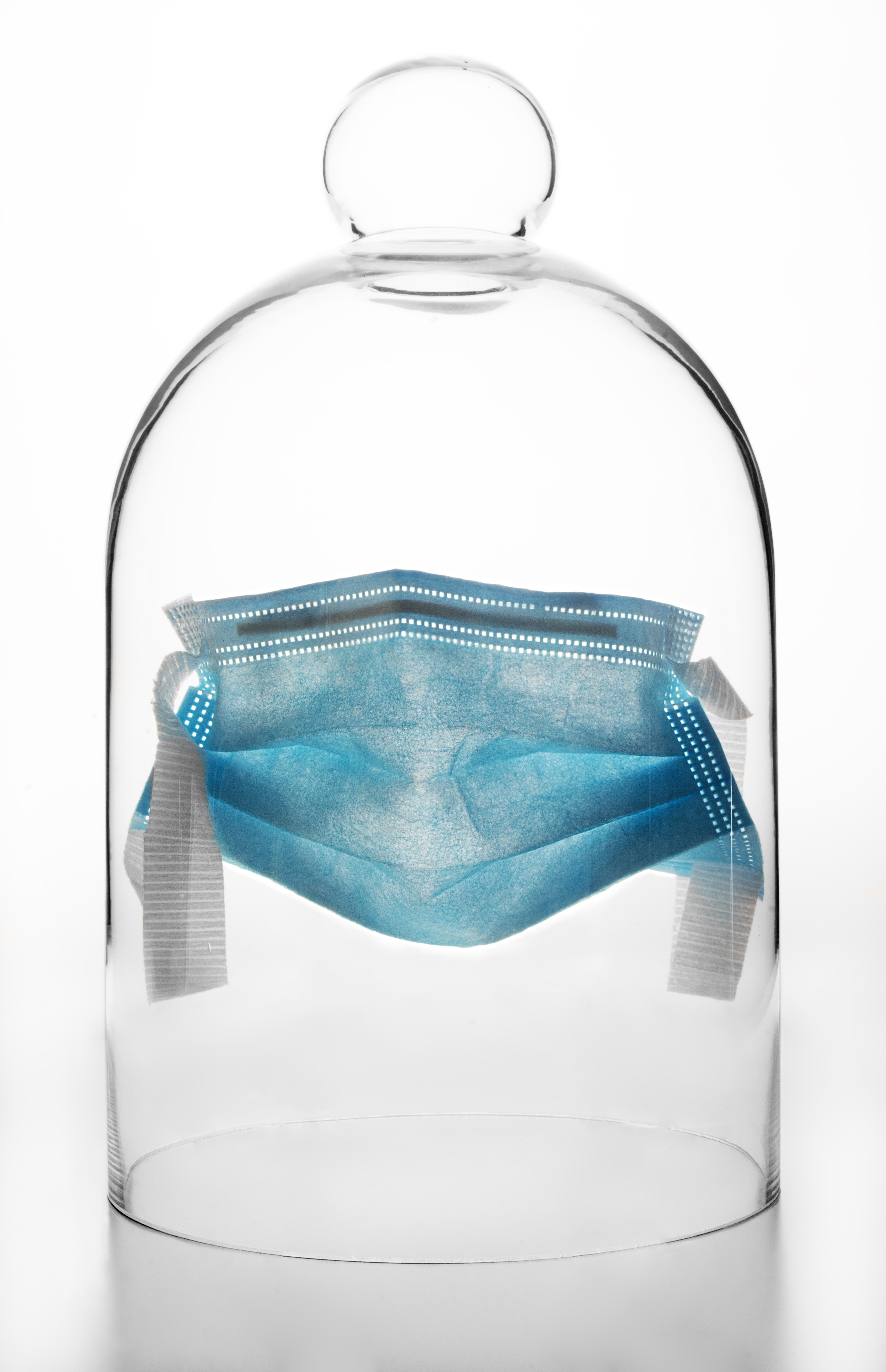
Story
How Did We Get To Now?
Museums Chronicle the Emergent Era in America
A pale blue face mask sits suspended in a slender glass case. It’s analog and simple, delicate even, compared to the environmental enhancement headsets we wear today. But the accompanying text notes that a century ago it was surprisingly controversial. Welcome to the 2020 centennial exhibition.
Editor’s Note: How will 2020 go down in history? In the Hindsight 20/20 project from The Colorado Magazine, twenty of today's most insightful historians and thought leaders imagine themselves in 2120, looking back on 2020 and sharing their visions of how that year will stand the test of time.
Thank you for coming! Whether you’re watching from home or here at the museum, I’m pleased to welcome you to our newest exhibition, The Emergent Era in America: 2020 and Beyond.
With this exhibition, we explore how the events of a century ago set us on the course to our present. Most historykeepers have come to see 2020 as the catalytic year of the Emergent Era, those decades of the early 21st century defined by both an unrelenting series of emergencies and a corresponding emergence of a new notion of our collective identity.
In hindsight, it’s clear that 2020 ushered in long-building cultural currents with an explosive energy that still reverberates in our present world. To commemorate the centennial of that pivotal year, museums in nearly every region are transporting visitors to witness the events that laid the foundations for our Community today. The holoscenes you’ll encounter are the most realistic and immersive ever. Whether you’re embedded with a team of healers on a Covid-19 hospital ward, marching with crowds demanding racial justice, holding the line with wildfire crews, or there at the storming of the Capitol, this exhibition is the closest thing to time travel we’ve ever created.

Wildfires consumed nearly 700,000 acres of land in Colorado during 2020 alone.
But there’s a big part of the story that you won’t find here: the way 2020 marked a turning point for museums themselves.
The events of 2020 accelerated a trend among museums to acknowledge the shortcomings of what had been the mainstream narrative of American history—one narrowly centered on the actions of so-called Great Men, who were mostly referred to within then-common constructs of race as “White.” New technologies were just making it possible to preserve the experiences of many people, not just those privileged voices with access to media outlets, and these diverse individual experiences ultimately revealed a more cohesive portrait of our shared story. Today we underscore this common narrative by embracing the expanded and inclusive notion of Community (in place of citizenry or society) raised to popular consciousness during the Third Civil Rights Movement.

Marchers walked through the streets of Aurora, Colorado, before attending a vigil to protest the death of an unarmed man, Elijah McClain, at the hands of Aurora Police officers.
The contentious events of 2020, when even the concept of “facts” was disputed, also prompted museums to embrace their role as honest brokers for posterity. Claims of objective history had been undercut by the vestigial white supremacy that had permeated the American narrative for centuries. But after 2020, museum historykeepers increasingly acknowledged their own biases while documenting events with self-awareness. They discredited the notion of neutrality but tempered their advocacy with humility, knowing that overly corrective narratives risked repeating the errors of museums of the past. This commitment was especially vital to maintaining the public’s trust as mass media fractured and the American political parties realigned into the shifting three-party system that typified the mid-21st century.
This exhibition owes a great debt to those nimble and foresighted historykeepers who went out and secured the record of the Emergent Era before its material culture was disposed of and memories faded. Those museums that recognized the significant cultural shifts underway in 2020 spent the ensuing century doing what museums have always strived to do, even if it looked different from how they’d done it before: helping the Community understand who we are, helping us make sense of how we got to now, and helping us illuminate the path to a brighter future.
More from the Hindsight 20/20 project in The Colorado Magazine
The COVID Centennial Public Archaeology Project A century from now, archaeologists will make sense of 2020 based on everything we left behind. How will the things we discarded define 2020? What experiences and lessons will they illuminate? And how might the archaeologists of 2120 visualize the cultures of the past?
The Lingering Aftertaste of 2020 Before 2020, people just waltzed right into bars, restaurants, and cultural venues to be among other people. But, well, that was before 2020. Decades of isolation and innovation later, what have we gained? What have we lost? What should we try to reclaim?
The Good Old Days Coloradans of 2020 seemed unaware of just how good they really had it. A time of relative peace and plenty, it’s a year that we look back on with a sense of longing and nostalgia given the War of Disunion and the myriad other woes that we’ve endured in the century since.

